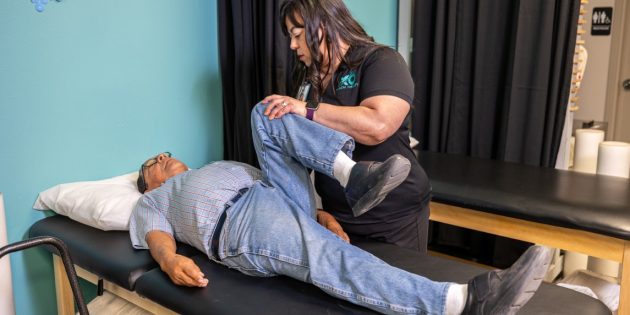FAQs About Vestibular Therapy

If you have been suffering from dizziness and balance impairments and plan to seek relief through vestibular therapy, this article is for you. Here, we will answer commonly asked questions about vestibular therapy, so you know the concept inside out. Let’s have a look.
Commonly Asked Questions About Certified Vestibular Therapy
1. What does vestibular therapy help?
Vestibular therapy or vestibular rehabilitation therapy (VRT) is a treatment program consisting of various exercises specially designed to help with vestibular adaptation, the substitution of the eye movement system, substitution by vision, somatosensory cues, postural strategies, and habituation. Vestibular rehabilitation therapy also helps with the enhancement of gaze stability and postural stability. It promotes vertigo relief and makes life easier.
2. Who performs vestibular rehab?
Vestibular rehabilitation therapy is performed by specially trained and certified vestibular therapists or physiotherapists. These therapists develop individualized programs for each patient, depending on their condition. Many physical therapy centers provide vestibular rehabilitation programs by certified physiotherapists and movement experts.
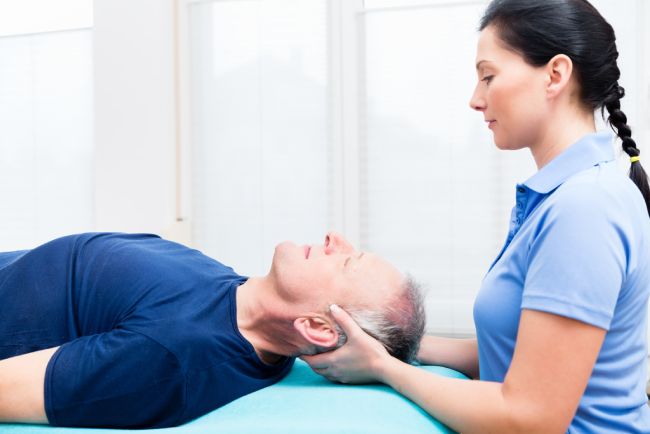
3. How long does it take for vestibular rehabilitation therapy to work?
Depending on the severity of a patient’s condition, the time for rehabilitation therapy could vary. However, in most cases, if a patient follows their programs regularly, he/she will begin to notice changes and feel relieved from vertigo in just 4-6 weeks. It is recommended that you follow the program for 6-12 weeks or until you stop feeling dizzy to ensure complete recovery.
4. Why do I feel worse after vestibular therapy?
The exercises for vestibular therapy may make you feel more dizzy, nauseous, and sometimes even queasy, but this is only temporary. These exercises stimulate the brain to understand and sort out new movement patterns. The reaction you are experiencing is very normal. Be consistent with the exercises; the intensity of dizziness and nausea will decrease over time. Communicate with your therapist to better understand your symptoms and get necessary modifications to your program if required.
5. How often should vestibular exercises be done?
Vestibular exercises should be done at least three times a day for a minimum of 6 weeks, or until recovery.
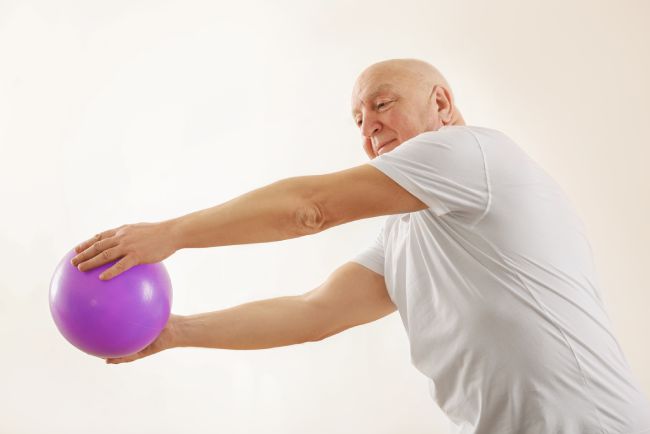
6. What are the key components of vestibular rehabilitation exercises?
The key components of vestibular rehabilitation therapy are habituation, gaze stabilization, and balance training. This training includes exercises like head-eye movements and different body postures and activities, balance regulating movements while gradually reducing a support base and performing various postures and tasks, repetition of movements to provoke vertigo, and gradually introducing the patient to different sensory and motor environments.
7. How successful is vestibular therapy?
While other factors have proven to limit recovery, such as with patients with other medical concerns, there is overwhelming evidence showing how successful vestibular therapy is with patients suffering from many vestibular symptoms. Diseases treated by physical therapy and vestibular therapy include conditions like unilateral vestibular hypofunction, chronic dizziness, vestibular migraine, tension-type headache, PPPD, concussion, and many others.
8. Can vestibular therapy make vertigo worse?
Vertigo, a condition treated by physiotherapy, can make you feel like it is getting worse once you start an exercise program. The exercises in the program have been specifically designed to stimulate the brain for better coordination and stability. You will experience a temporary increase in the intensity of dizziness, but this should not stop you from continuing the exercises. In order to gain relief from vertigo, you must persevere and be consistent with the exercise program. After a few weeks, the intensity of dizziness will gradually decrease.
9. Can you overdo vestibular exercises?
While it is known that you will feel dizziness and nausea at the beginning of the therapy, it could create confusion regarding the duration and intensity one should normally feel. You should not overdo the exercises if you become queasy and vomit. You can even fall and get physically hurt if the exercises are overdone. Remember to take breaks at regular intervals while exercising to avoid injury.
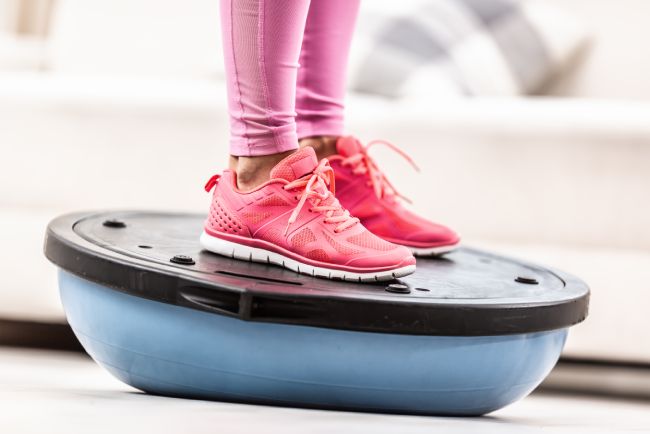
10. Can vestibular damage be repaired?
The vestibular system consists of inner ear balance organs that process motion, equilibrium, and spatial orientation. It also helps in maintaining a clear vision. Due to age, this system can be compromised by viral infections, inner ear fluid disorders, head injury trauma, benign tumors, and degradation. Depending on the cause and extent of the damage, the vestibular system may or may not be repaired. In many cases, the vestibular system usually recovers from damage through a compensation process, but sometimes it is not always successful. However, vestibular rehabilitation therapy does help with many symptoms of vestibular damage, but the extent of recovery is not always predictable with patients with a brain injury.
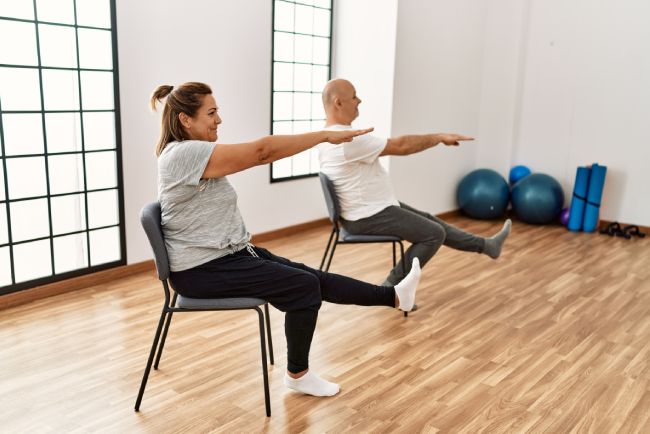
Where To Go For Vestibular Therapy In RGV (McAllen, Weslaco, Mission)?
If you are looking for certified vestibular therapy in RGV (McAllen, Weslaco, and Mission), look upon Xcell Orthopaedics Physical Therapy. With expertise in aquatic therapy, knee pain, and post-surgical rehab, Xcell Orthopaedics is one of the leaders in providing physical therapy services. Our team of experts includes certified vestibular therapists who are friendly and passionate about their work. We provide the best service to each patient and personalize each training program to fit your requirements, thereby ensuring every patient regains their quality of life.


